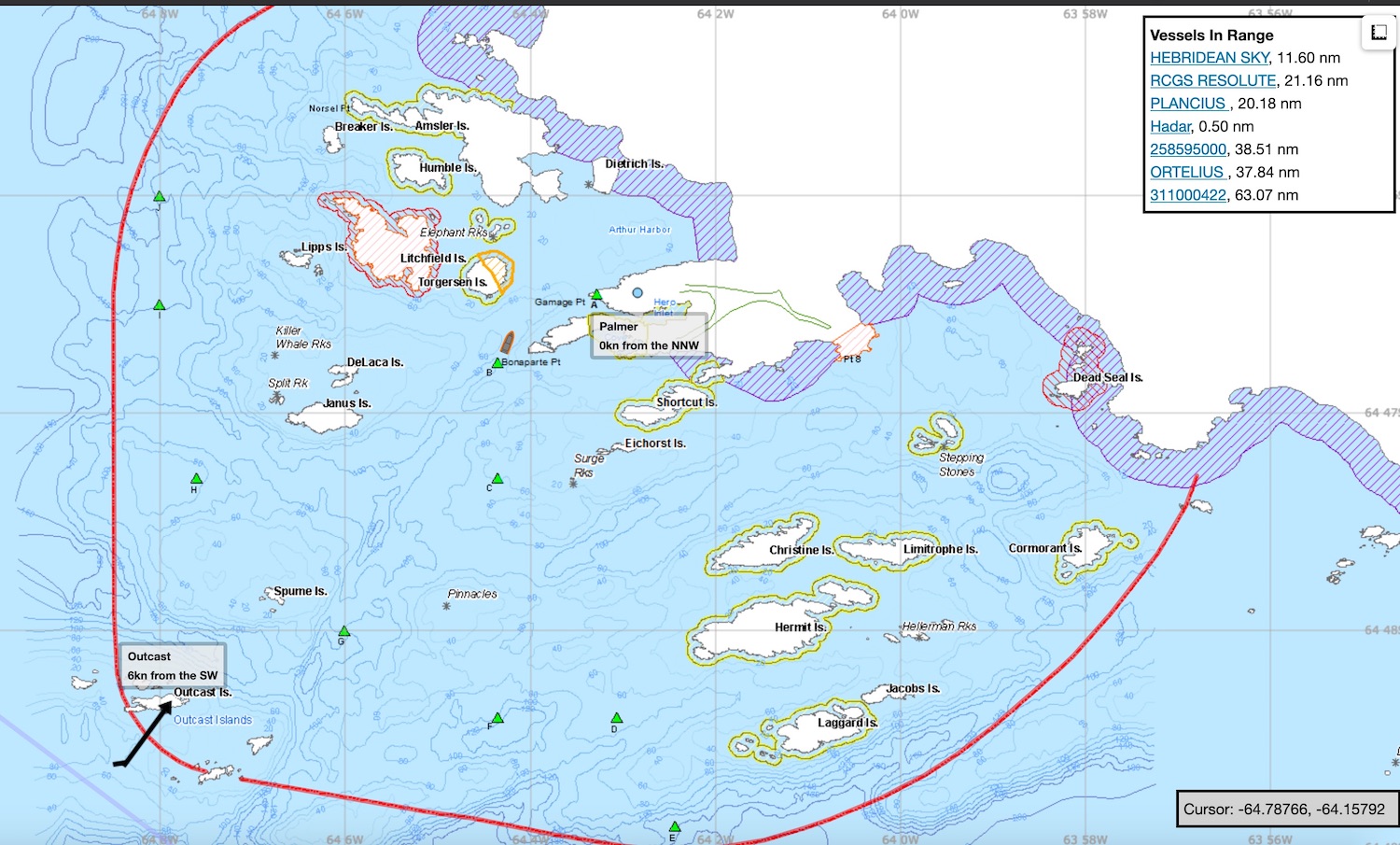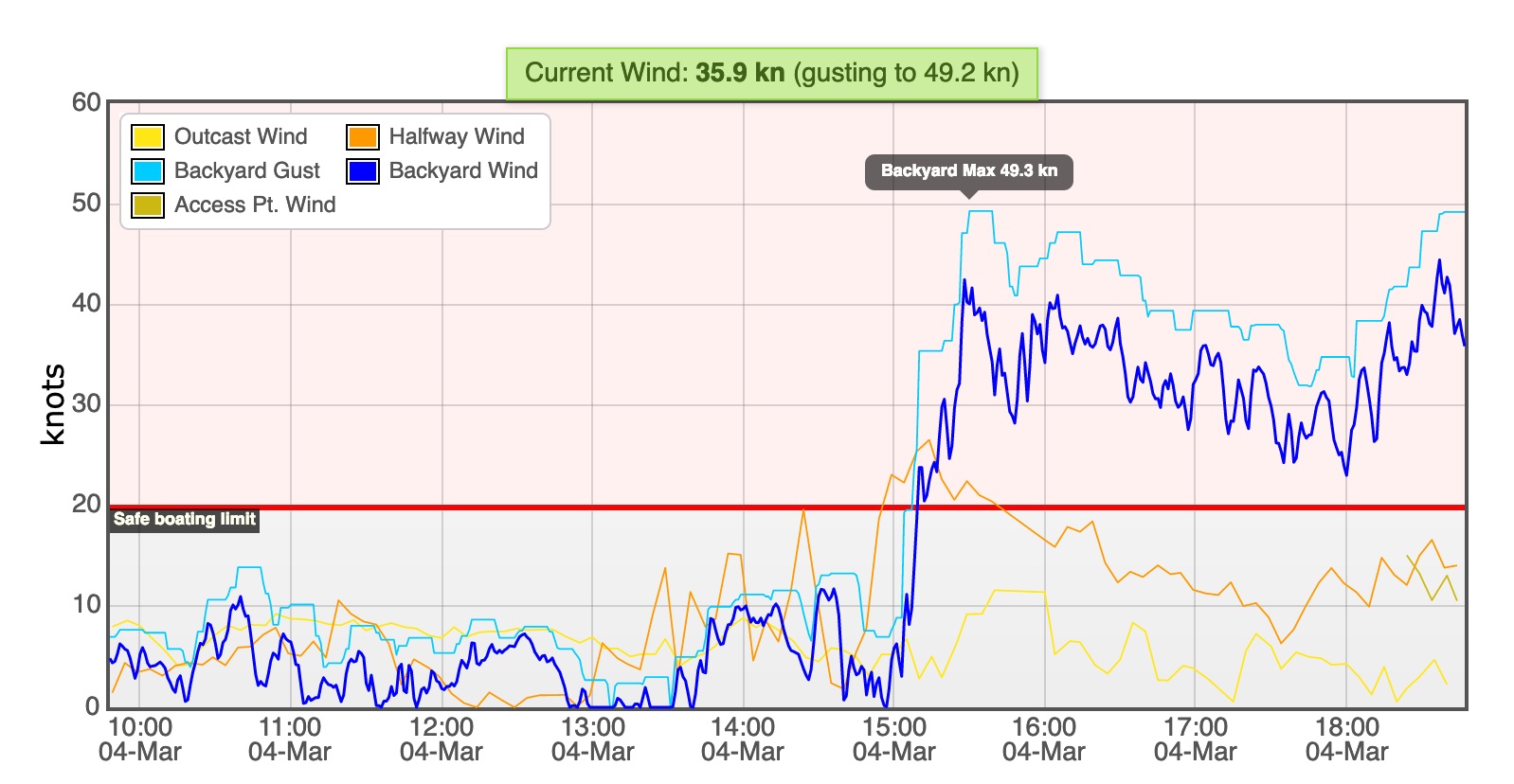Radio watch:
Today I volunteered to do the radio watch. For safety reasons all boats communicate with Palmer Station regarding where they are leaving from and when they arrive at a destination. Additionally, all boats need to check in every half an hour to let Palmer Station (i.e., the radio watch person) know whether all is well. Radio watch is thus an important task: to keep track of where everyone is. This is crucial information - in case anything happens, we can deploy the Ocean Search and Rescue (OSAR) boat to help in an emergency.

To communicate over the radio there is a certain protocol to be followed. As one leaves the station, one needs to let Palmer Station know how many are on board, what zodiac (which depends on the AIS - see day 77 for what this is), and where you are headed.
It goes something like: “Palmer Station, Palmer Station, zodiac 7 leaving from station and headed to Amsler Island, 5 on board”. Palmer Station then responds, either repeating the zodiac, destination and number of people on board, or shortens it to “Copy that”, and then gives the time of the call.
On the Palmer Station intranet there is also a map to see where the boats are visually.

In addition to monitoring where the boats are at all times, the radio watch person also keeps track of the weather. This morning the wind was calm. Safe wind speeds are lower than 20 knots. No boats are launched at wind speeds higher than 20 knots. If the wind speed exceeds 25 knots, all boats are recalled back to station.
In the graph below you see that after 3 PM (15:00) the wind speed increased dramatically, which meant that all boat operations ceased. For a view of current weather (and the iceberg in front of the station, see the Palmer Station webcam).
Safety first. I am glad to have done a small part in keeping others safe.
